Our heritage is our inheritance
Heritage word has wide spectrum of meaning.
It is our inheritance- what the past has conceded to us, what we value in the present and what we choose to preserve for future generations.
Heritage is a range of traditions and culture-but includes preserving, excavating, displaying or restoring collection of old things.
The Oxford English Dictionary defines heritage as a property that is or may be inherited; an inheritance valued things such as historic buildings that have been passed down from previous generations and relating to things of historic or cultural value that and worth preservations.
The Heritage Liqueurs are basically all based on herbs and spices. These can be also called known to be Herbal Liqueurs.
By adding herbs a sort of medicinal value of herbs is enhanced into alcohol, which are more effective compared to that of alcohol alone are exerted. Some herbs medicinal powers decrease due to heating hence it is advised that their medicinal power can be extracted by immersing with alcohol.
In traditional medicine of the orient an herbal liqueur is sometimes described as follows “medicines use the power of alcohol, while alcohol supports efficacies of medicines. Medicinal power penetrates throughout the body and immediately exerts its efficacy”
Hon . H.H. Gaj Singhji Sahib, the Royal head of Rathore clan of Rajputs and ruler of erstwhile princely state of ‘Marwar’, coined word heritage liqueur . His vision and inspiration made a turning point in revival of Rajasthans Heritage culture .. He is a legend, in himself, and was the first to introduce the innovative concept for revival of old Heritage Liqueurs and rejuvenating the recipes from dying.
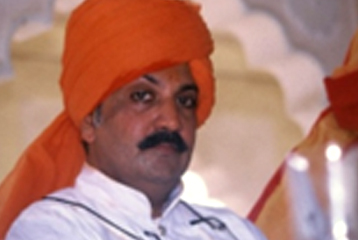
The Heritage Liqueurs were introduced by efforts of Anil Kumar Singh (DGM) Rajasthan State Ganganagar Sugar Mills and now a identity of ‘ Incredible Rajasthan’ . In his endeavor was supported by Dr. Prithviraj IAS , T.Ravikant IAS and Dr .K K Pathak IAS who were Secretary Finance and headed RSGSM .
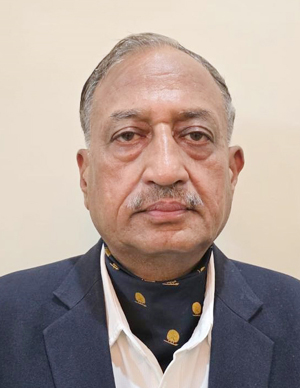
Liqueurs (Asavs) making in other Princely states and thikanas : Jaipur state , Udaipur state , Mahansar , Kanota (Jaipur ) , Sodawas , Jobner (Jaipur) , Pal (Jodhpur ) , Badgaon (Raniwara) , Nathwaras haldighati , Karedla (Bhilwara) , Hoshala , Bijapur ( Chittorgarh ), Ransi etc .
Liqueurs were made in Rajasthan during era of princely states, but the some select Liqueurs made after 1950’s were : Kesar Kasturi Liqueur - Herbs and Spices – 5 UP strength
Jag Mohan Liqueur – Herbs and Spices – 10 OP strength
Asha Liqueur – Herbs and Spices – 5 UP strength
ANATOMY and MAKING OF HERITAGE LIQUEURS
Heritage Liqueurs based on herbs and spices in Ayurveda system are prepared
to attain ‘svasthya’- health and
advocates ‘samadosa’ (structural and physiological equilibrium),
‘samagani’ (equilibrium of metabolic processes),
‘samadhata’ (equilibrium of body tissues),
‘samamlakriya’ (equilibrium of eliminative systems),
and ‘prasavnnedriya’ (equilibrium of senses),
‘prasannamana’ (equilibrium of mind) and
‘prasannamana’ (state of pure awareness or contended self).
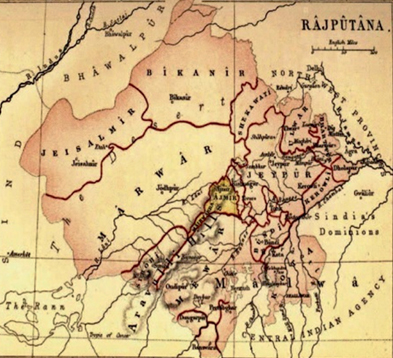
Heritage Liqueur - Rebirth
HERITAGE LIQUEUR IN RAJASTHAN Rajasthan had its tryst with alcohol. The liquor here is part of tradition and culture. Almost all the royal families in Rajasthan had ‘Bhattikhana’ (The still houses), also named as Darukhanas where recipes were kept as secretive, with either known to still man or with the inventor Vaids of the Royalties. Besides, during matrimonial alliances, the recipes were exchanged or sent along with the precious belongings. The liquor alchemists and craftsman of the Royalties and Thikanas also experimented to please their Royals, trying with dry fruits, herbs and spices and other ingredients like meat and opium. Some were medicinal in nature and were usually given in small doses after meals as curative portions Due to the lack of greens in the desert; it also acted as a laxative. These potent brews helped the warrior to unwind at the end of a battle just to silence the brainbox of its withering’s. The consumption of alcohol was by no means a bacchanalian party affair but rather a sober ritualistic affair. If memories could be rolled over, there would be intoxication everywhere as alcohol was used in every
stage of human life from womb to tomb.
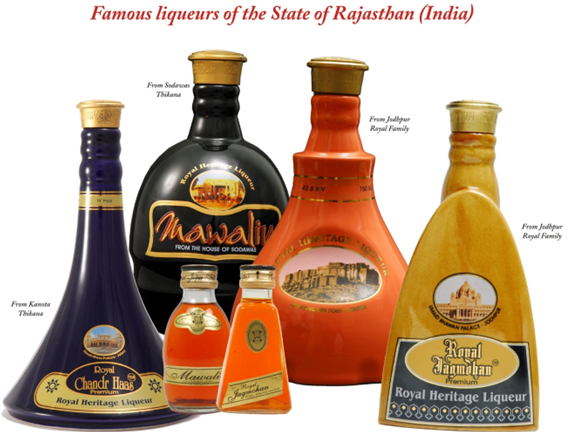
RAJASTHAN- IN ANCIENT HISTORY
Various groups since time immemorial older names making long ago geographical and political divisions are often super- imposed on each other. For instance like Maru, Marwar, Jangala, Valla, Matsay, Pragvat, Medwat (Mewar), Arbuda, Ahichhatapur, uparmal and many more similar terms have been used at different times for different sub-regions that now compromises of Rajasthan.
Certain textual references, for example the Yudhakanda chapter of Valmiki’s Ramyanan and the Udhyoga-parna, ‘Virat- Parva and ‘Bhisma-parva’ chapters of Ved Vyas Mahabharata list names like Pushkar, Virat-nagar, Marudhanva, Jangal, Matsay. Salva and Sursena ,according to GH Ojha Rajputana ka Itihass 1927 Vol-I (P94-95). The term Maru, for instance occurs in Rig Veda (1.35.6), the Ramayan (Yudha Kanda), the Mahabharata (Vana Purana) Bhagvat, Brihat Samhita etc and later in Puranic texts . During the Gupta period the Ahichhtrapur identified with modern
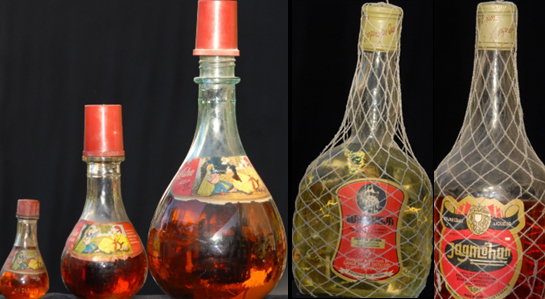
Central North-eastern Rajasthan, which included parts of modern districts of Sikar, Jhunjhunu, Churu and Nagaur was once known as ‘Annata-Gochara’ or Ananta too. Dhoondhar- sub zone (which the larger tract of Dhoondhar) is believed to take its name from a once celebrates sacrificial mound called ‘Dhund’ near Jobner.

The Thaal- is one of the names of the vast arid sandy tract that includes Jodhpur districts Phalodi District and the northern
half of Pokhran. While the term Tharel has been used for eastern half of Jaisalmer due , lying south of Thaal. The sub-zone
of Barmer district western sheo and Chohtan tehsils and contagious parts of Jaisalmer is called Dhit.
Itinerant traders like the Banjaras have traditionally been connected with trade, including of Salt, Food grains and probably worked metal too. In addition various literary sources from Rajasthan indicate interactions with and knowledge about many other
regions of India, Rome, Greece and Arabs. For example the ports of Sahruparka (modern Sopra) and ‘Tamraliptin (modern Tamuluki) find regular mentions of literary works and the oral story telling traditions of Rajasthan in connection with trade and tales of strange lands
and sights encountered by traders from Rajasthan.Following the enhanced contact between Sindh and the Arabs in first half of eight century and the herbs and spices were other than those grown in India were traded by the traders.
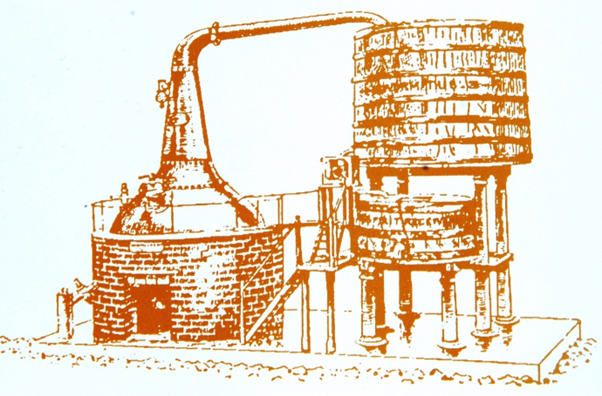
The cradle of Heritage Liqueur – ‘Marwar’.
The Kesar Kasturi and Jag Mohan Liqueur were made in Jodhpur State Distillery while Man Mohan Liqueur was made at Kishangarh Distillery of Kishangarh State. Asa Liqueur was also a specialty of JODHPUR state but after independence production was stopped. But as running of State Distilleries were in hands of Parsi’s at that time, at Udaipur in Private Distillery ,owned by Parsi Contractor, Asha liqueur commenced the production at Udaipur . During time of princely states, three types of Asa were manufactured in Jodhpur State with different alcoholic proofs., At Udaipur , continued to be made till 1990’ untill the Distillery was taken over by MacDowell & Co. The 'Manmohan means, the loved by the heart or inner being . It was the ‘Manmohan’, which gave birth to the Jagmohan Liqueur
in the Marwar State distillery at Mandore , Jodhpur. The Manmohan liqueur was made at 5 Under Proof or say 95 Proof and the ingredients included sugar, safed musli etc. having aphrodisiac value. The spread of Liqueur culture, and commercialization started after 1924, when a new modern distillery was made by Jodhpur State; based on latest technology and State of art. After independence, unified Rajasthan State came into existence. The Excise policy, of the State Government being a deficit state in production of spirit, a basic raw material for making Alcoholic beverages, which is an important source of Revenue to the state, tended Government to create a company to trade in Alcoholic Beverage. This was a time when Public Sector was poised to rise, and thus Ganganagar Sugar Mills was formed now known as Rajasthan State Ganganagar Sugar Mills.
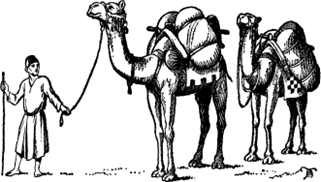
Great visionary Maharaja Ganga Singhji, who modernized Bikaner State and canalized water from Punjab state ‘Gang Canal’, for irrigation and benefits of poor agriculturists and established a mill, to crush sugar cane’ establishing the first Sugar Mill in Rajasthan .‘ It was basically for the poor agriculturists. And later on after independence was nationalized and taken over by the State , now as known as Rajasthan State Ganganagar Sugar Mills Limited .

Rajasthan State Ganganagar Sugar Mills Limited : background
Oldest Public Sector (PSU) in the State.
Originally started and established in 1937 as a Private Sector company.
Incorporated in 1945 as “The Bikaner Industrial Corporation Limited” in private sector.
Taken over by the Government of Rajasthan on 1st July, 1956.
Name Changed as “The Ganganagar Sugar Mills Limited” on 21.01.1957,
Renamed on 14th May, 1993 as “Rajasthan State Ganganagar Sugar Mills Limited”.
Head office of the company was situated at “Nehru Sahkar Bhawan Jaipur”, which was shifted to
“Centre of Excellence for Revenue Research Building (Third Floor, Near Aranya Bhawan, Jhalana
Rajasthan Heritage Liqueurs:
Rajasthan State Ganganagar Sugar Mills Limited (RSGSM) is having legacy of pre-independent India and it has experience of more than seven decade. It has Jaipur State Distillery in Jhotwara, Jaipur which was established in 1927, under princely state of Jaipur and Mandore Distillery in Mandore, Jodhpur which was established in 1924 under princely state of Jodhpur.
On account of growing demand, four more distilleries were acquired one each at Ajmer (1957), Mandore (1957), Atru (1961) and Pratapgarh (1963). The distillery at Mandore was closed in May 1968 on account of Sharab Bandi movement and that at Pratapgarh was closed in March 1973 being small and uneconomic unit. However liqueurs like Kesar Kasturi continued to be produced at
Jodhpur Ajmer and Jagmohan at Sriganganagar , which later on shifted to Jaipur as Royal Heritage Liqueurs. RSGSM has set forth to boost the heritage of Rajasthan, India, by resuscitating the Heritage Liqueusr, which was consumed and composed of Herbal recipes since ancient times. The ingredients as recipe of the liqueurs have been taken from regal legacy, which has been traditionally owned and used by the imperial families of Rajasthan.
These ‘asavas’ or Liqueurs were though formulated thousands of years back on lines of arak kalpana and rasashastra , the recipes were kept secret, on for generations in the vaults of Royal courts, only to be known to the alcohol world, after the era of commercialization . All the Royal families in Rajasthan had ‘Bhatikhana’, where secret recipes were kept in chests and also prepared only during festive occasions or used by the elites. Nagaur was apparently capital of Jangal for a while. Part of Jangal as well as the area around the Harshnath temple of
